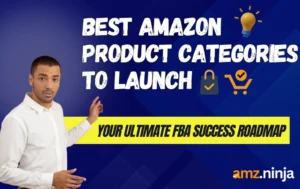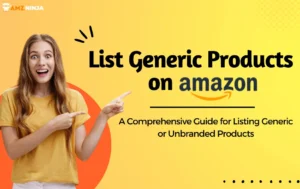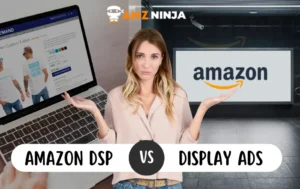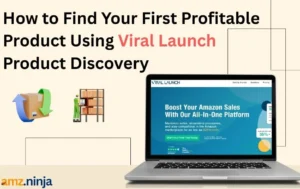
Are you looking to take your Amazon business to the next level? Fulfillment by Amazon (FBA) offers sellers a powerful way to streamline operations and reach more customers.
By leveraging Amazon's world-class fulfillment network, you can offer fast shipping, provide stellar customer service, and scale your business quickly.
With over 300 million active customer accounts globally, leveraging Amazon FBA can significantly boost your sales and streamline your operations. By meeting Amazon FBA requirements, sellers can ensure their products are eligible for Prime shipping, which can lead to a 30-50% increase in sales.
This article will guide you through the essentials of setting up an Amazon FBA account, understanding inventory eligibility, managing costs, and optimizing fulfillment options to maximize your profitability.
Set Up Your Amazon FBA Account!
Getting the hang of Amazon FBA (Fulfilled by Amazon) is a game-changer for any seller. Let's break down the essentials: setting up your account, meeting the requirements, and knowing what you can and can't sell.
Jumping into Amazon FBA? Here’s what you need to do:
1. Start An Amazon Selling Account
To start selling with FBA, you'll need to set up an Amazon Seller Central account if you don't already have one.

The Steps To Start An Amazon Selling Account are:
- Go to sellercentral.amazon.com
- Click “Register now”
- Provide your business details and identity verification
2. Choose A Selling Plan
You’ve got two options: Individual or Professional. Pick the one that fits your business.
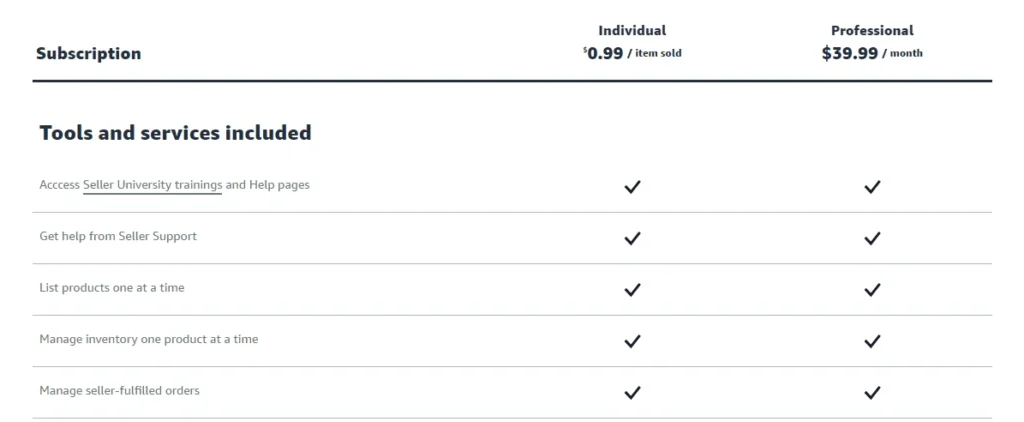
The Individual plan skips the monthly fee but charges $0.99 per item sold. The Professional plan is $39.99 a month, no matter how much you sell.
3. Enroll In Amazon FBA
Once your seller account is live, sign up for FBA. You can either list new products or switch your existing listings to FBA.
To be approved for FBA, you must also meet these key requirements:
4. Prepare And Ship Inventory
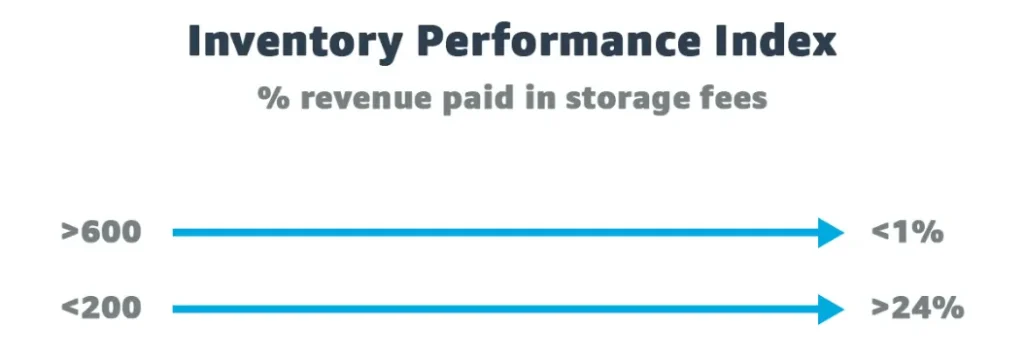
Follow Amazon’s rules for prepping, labeling, and shipping your stuff to their fulfillment centers.
For more tips and tools to make the most of FBA, check out our resource on Amazon FBA tools.
Getting Into Core Amazon FBA Requirements
Meeting Amazon FBA requirements is crucial for ensuring a smooth and successful selling experience. By adhering to these guidelines, you can avoid additional fees, improve customer satisfaction, and maximize your sales potential.
A) Product Title And Item Condition
Creating the perfect product title is crucial for visibility on Amazon. Titles must not exceed 200 characters and should include essential details like the brand name, color, size, and relevant keywords.
For Example…
“Nike Black Size 14 Men’s Sneakers” is a concise and informative title. Avoid promotional phrases and ensure that the first letter of each word is capitalized, except for conjunctions like “and”.
Regarding item condition…
Maintaining high-quality standards is essential for customer satisfaction and trust.
B) Packaging And Labeling
Getting your products packaged and labeled right is a must for meeting Amazon FBA requirements. Stick to these rules to avoid headaches like inventory refusal, extra fees, or even shipping bans to Amazon fulfillment centers.

Each unit must have a scannable barcode (UPC or FNSKU). Use poly bags that are at least 1.5 mil thick and transparent. Labels should be placed on flat surfaces and not on seams or openings. Standard box types like Regular Slotted Carton (RSC) are recommended.
When prepping items for Amazon FBA, follow these guidelines to make sure your stuff gets processed without a hitch. Here’s what you need to know:
- Poly Bags: If your poly bag has an opening of 5 inches or more, slap a suffocation warning on it. Clothes like shirts and pants should be in a poly bag to avoid damage.
- Fragile Items: Wrap fragile items in bubble wrap to keep them safe during shipping.
- Sets: If you’re selling items as a set, mark them clearly so they stay together.
- Box Dimensions and Weight: Boxes should be no bigger than 25 inches on any side and weigh no more than 50 lbs. Going over these limits can cause delays or restrictions.
For more details, check out our amazon fba packaging requirements page.
C) Barcode Usage And Types
Amazon FBA product labels are key for keeping track of your inventory. These labels replace other tracking info like UPC codes and help Amazon manage your products efficiently.
You have two options:
1. Amazon barcodes (FNSKU)
2. Manufacturer barcodes (UPC/EAN/ISBN)
Amazon requires all FBA products to have a unique barcode, which allows for efficient tracking and sorting at fulfillment centers.
Here are the main barcodes you need to know:
| Barcode Type | Description |
|---|---|
| FNSKU (Fulfillment Network Stock Keeping Unit) | This unique code is for each product and seller. It’s generated when you add a new product to the catalog and includes a barcode with a readable code below it. This helps Amazon track your inventory through their system. |
| Shipment Labels | These go on all boxes sent to Amazon fulfillment centers. They include the shipment ID, destination, and other important details. |
By sticking to Amazon's packaging and labeling rules, you can make sure your products get processed smoothly in the Fulfillment By Amazon program. This attention to detail helps avoid problems and keeps your business running smoothly.
D) Customer Service And Returns Handling
Amazon handles all customer service inquiries for FBA products, ensuring prompt and professional responses. Products are eligible for Amazon Prime, offering customers fast and reliable shipping options.

Amazon also manages returns, inspecting and processing items to determine if they can be resold. This service streamlines the process for both sellers and customers, enhancing the overall shopping experience.
For more tips on optimizing your FBA strategy, check out our articles on Amazon FBA profitability.
E) Inventory Eligibility And Restrictions
Not everything can be sold through FBA. Here’s the lowdown on what’s in and what’s out. Getting these basics down will set you up for success with Amazon FBA.
- Most consumer goods like electronics, clothes, toys, and books.
- Must meet Amazon’s packaging and labeling standards.
2. Amazon Restricted Products:
| Product Type | Restriction |
|---|---|
| Alcoholic Beverages | Not eligible |
| Tires | Not eligible |
| Dangerous Goods | Special rules apply |
| Expiration Date Items | Strict guidelines |
Visit our detailed guide to understand how you can sell Restricted Products on Amazon.
The Ultimate Amazon FBA Tool!
Helium 10 is the all-in-one solution for Amazon sellers looking to navigate the complex world of FBA requirements.
From product research to listing optimization and inventory management, Helium 10 provides the tools you need to succeed in the competitive Amazon marketplace.
Get Access to:
*Terms & Conditions Applied
Let's Break Down Amazon FBA Costs!
Amazon FBA charges fulfillment fees that cover picking, packing, shipping, handling, customer service, and returns. These fees are based on product type, size, and shipping weight. Monthly storage fees depend on the space your products occupy in fulfillment centers, with higher rates during peak seasons like October to December
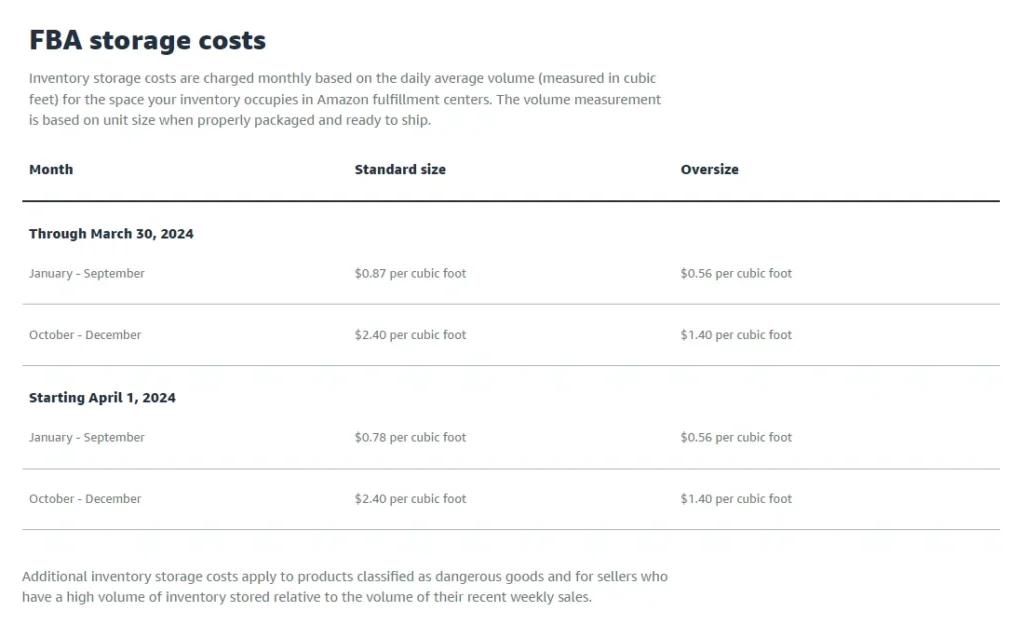
Amazon FBA costs depend on what you're selling and the services you use. They charge you as you go, including storage and fulfillment fees per unit and order.
| Cost Component | Description | Example Cost |
|---|---|---|
| Storage Fees | Based on volume and storage time | $0.75 per cubic foot (standard size, Jan-Sep) |
| Fulfillment Fees | Per unit, based on size and weight | $2.50 per unit (standard size, 1 lb) |
| Shipping Fees | To ship products to customers | Varies by method |
| Long-Term Storage Fees | For items stored over 365 days | $6.90 per cubic foot or $0.15 per unit |
Monthly storage fees are calculated based on the space your products occupy. During peak seasons, these fees increase.
For example, fees for standard-size products rise from $0.78 per cubic foot in non-peak months to $2.40 per cubic foot during peak months. Long-term storage fees apply to inventory stored for more than 181 days, assessed twice a year.
For more tips on managing your Amazon fulfillment, check out our article on Amazon FBA Inventory management.
Using The Amazon FBA Revenue Calculator
Figuring out the costs of Amazon FBA is key if you want to make the most money. Let's break down the costs and show you how to use the FBA Revenue Calculator.
Amazon's FBA Revenue Calculator helps you estimate costs and profits with FBA compared to other methods. This tool can help you decide if FBA is right for you.
How to use the FBA Revenue Calculator:

- Access the Calculator: Go to Amazon Seller Central and find the FBA Revenue Calculator.
- Enter Product Info: Put in the product dimensions, weight, and category.
- Estimate Costs: The calculator will show you storage, fulfillment, and shipping fees.
- Compare Methods: See how FBA costs stack up against your current method to find potential savings or profit boosts.
In 2025 Amazon FBA fees are expected to be 70% cheaper than other two-day shipping options, with changes aimed at speeding up service and cutting costs.

Amazon will reduce non-peak monthly storage fees by $0.09 per cubic foot in 2025.
By understanding the costs and using the FBA Revenue Calculator, you can make smart decisions to boost your profits on Amazon.
For more tips on managing your Amazon fulfillment, check out our article on Amazon FBA Inventory management.
All The Amazon FBA Requirements Cleared Up?
Fulfillment by Amazon is a powerful tool for growing your business, but it requires careful planning and execution. By understanding the requirements, costs, and best practices outlined in this article, you'll be well-equipped to succeed with FBA.
Remember to:
With the right strategy and attention to detail, FBA can help you reach more customers, streamline operations, and take your sales to new heights.
Happy selling!
Aim for a minimum 15-20% net margin after all FBA fees to ensure a sustainable business. Don't forget to account for the cost of returns and advertising in your calculations.



